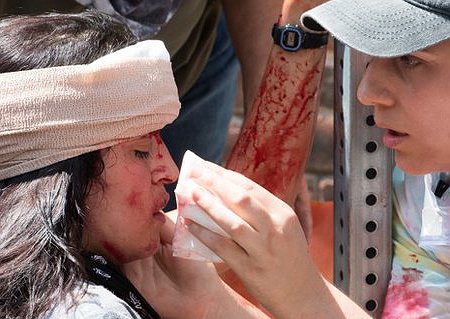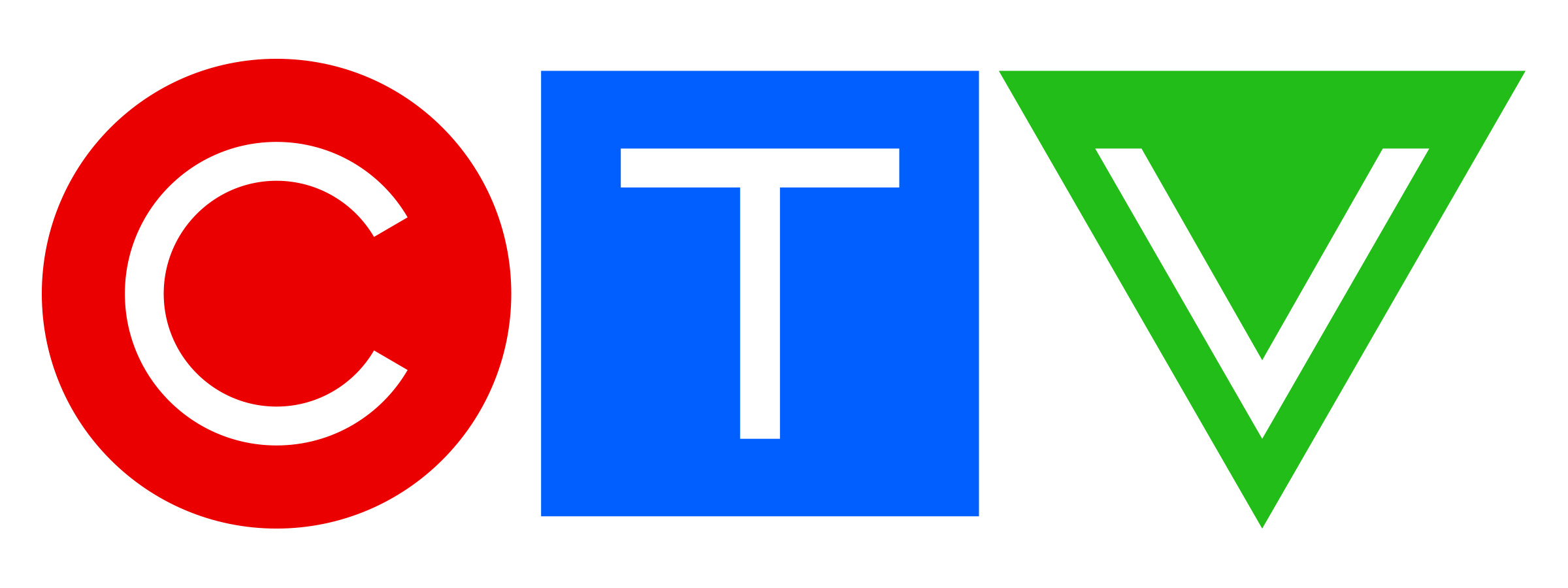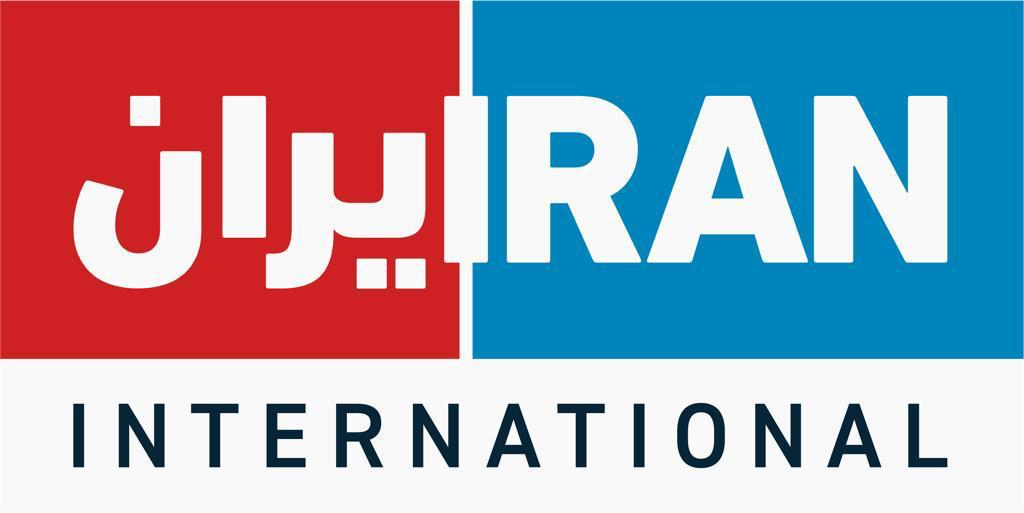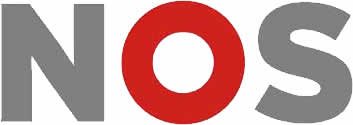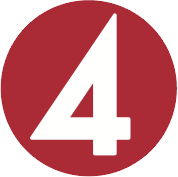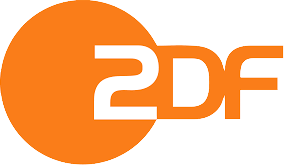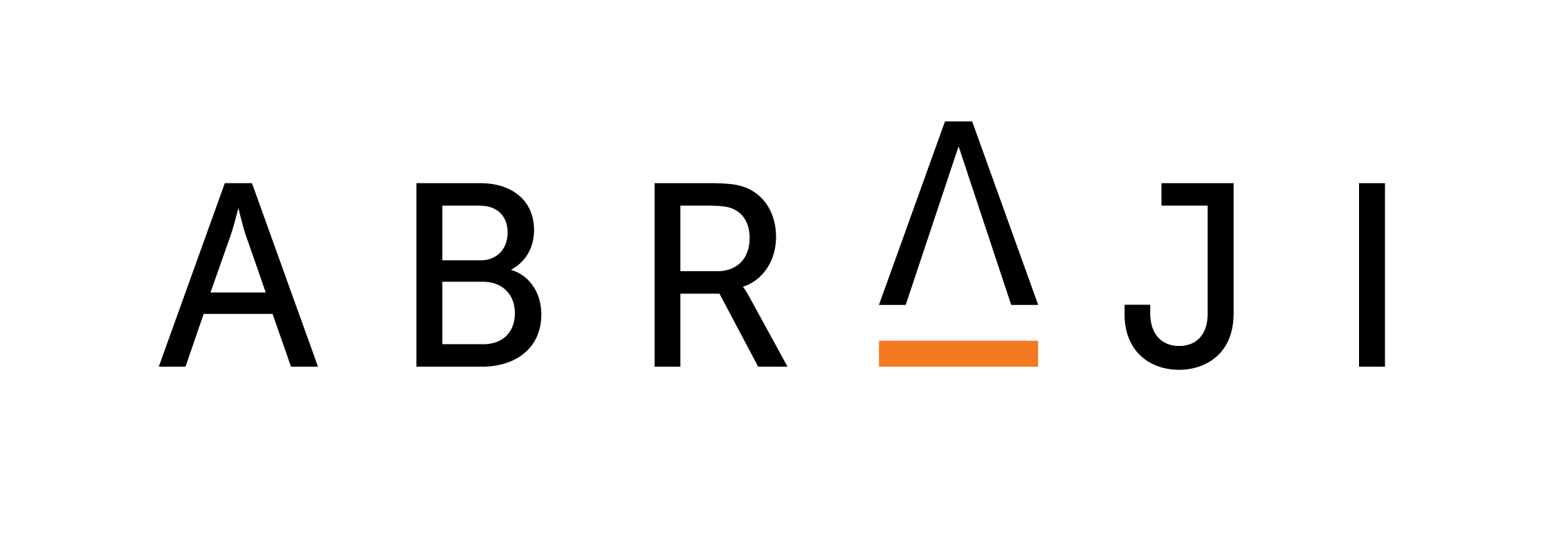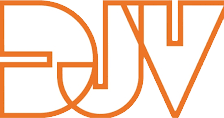Medical Kits are an essential piece of gear for journalists. Injuries can happen when you least expect them – not just in hostile or challenging environments, but also during routine activities such as your daily commute. The appropriate kit components and medical training could help save you or a colleague’s life. Consider the following as you’re choosing and putting together the appropriate med kit for your needs:
- A med kit is only as effective as its user’s medical training. Ensure that your medical knowledge is up-to-date with recent Hostile Environment and First Aid Training (HEFAT) and/or certified medical training courses.
- There are various types and sizes of med kits, so choose the one(s) that are appropriate for your assignment, setting, possible mechanisms of injury, proximity to medical infrastructure, based on local capabilities, as well as you and your crew’s current medical training and needs.
- Keep the med kit on your person (or within reach) and always ensure that you review what’s in your med kit periodically and especially before setting off on an assignment; replace and/or replenish items as needed.
- When working with a team, have an understanding of their medical training and make sure they know where the med kit is located and its content.
- If cost is a limitation when you’re purchasing a med kit, you may be able to compile commercial medical items on your own for cheaper, but ensure that you do your research beforehand and only purchase from reputable sources.
Trauma med kits are usually for more immediately life-threatening injuries, such as those which you are more likely to encounter at protests, in conflict zones, or due to vehicle accidents.
Individual trauma med kits are ideal for an individual to carry, focus on hemorrhage control, and typically composed of these items:
- Tourniquet, preferably a C-A-T (Combat Application Tourniquet), however there are many types out there, so make sure you are trained on the one in your med kit
- Pressure dressing
- Compressed medical gauze and hemostatic agents
- Medical gloves, preferably nitrile because some people have allergic reactions to latex
- Trauma shears
- Medical tape (Preferably durapore cloth or zinc oxide) and portable duct tape
- Black permanent marker
- Headlamp
Team trauma med kits are usually for a crew to carry, cover a broader spectrum of life-threatening injury treatment, and typically composed of these items:
- Several tourniquets
- Various sizes of pressure dressings
- Compressed medical gauze and hemostatic agents
- Two or more chest seals
- SAM splints
- Elastic bandage wraps
- Burn dressings
- Sterile saline solution
- Sterile triangular bandage and safety pins
- Several pairs of nitrile medical gloves
- Trauma shears
- Two or more rolls of medical tape (preferably durapore cloth or zinc oxide) and portable duct tape
- Black permanent marker
- Two or more headlamps
'Pills and potions' pack – This is generally for more common everyday (less severe) injuries, and is very dependent on your medical needs. It’s typically more appropriate for general travel and common recreational and outdoor activities. This list will give you an idea of what you might want to carry:
- Wound antiseptics
- Alcohol pads
- Sterile gauze pads
- Adhesive bandages of varying sizes
- Wound closure strips
- Saline solution
- Water purification tablets
- Oral rehydration salts
- Personal medication(s)
- Headache, fever, pain, and anti-inflammatory over-the-counter medications
- Allergy over-the-counter medication (and an epinephrine auto-injector, if someone has severe allergy reactions)
- Antifungal powder and/or cream
- Antidiarrheal and stool softener over-the-counter medications
- Thermometer (no mercury)
- Sterile needles and syringes pack
- Dental repair kit
- Blister treatment kit
- Insect repellent
- Sun protection cream
- Tweezers
- Small scissors
- Medical tape
- Nitrile medical gloves
- Headlamp
Image by AFP


